As the insecure position of women and queer people in public space is not helped by surveillance control and incarceration at all, real solutions might be found in other fields.
Imagine for a moment that you are a person who rides the subway to work on a daily basis. Imagine also having to walk to that subway in the morning and return home from it at night. Imagine this is a trip you have taken many times, and because this route is so familiar to you, you are aware of potential encounters that may take place along the way. So when you get up in the morning, there are decisions to make. Perhaps you will wear exactly what you want to wear, and this outfit reveals something of your body; your chest, your legs, your socially debated body hair. Perhaps this outfit — a short skirt, a collar, 4-inch heels — models your body in a light deemed by others (ads, tv, gossip, etc.) as sexual or deviant. Or, maybe, the outfit reveals an affiliation considered non-standard, such as a hijab, a kippah, or a mustache over a lipsticked mouth. Do you wear the selected outfit, the one you want to wear, or do you modify it? Neither of these options is a question of character but rather of strategy. Is your strategy invisibility, hypervigilance, or both? Do you anticipate protection?
The project of keeping women and queer people safe in public space is a complicated one, owing not least of all to the complex question of why we, as a society, believe that they need protection.
Read the full article on Failed Architecture
Author: Jess Myers
Recommended by Floor van Ditzhuyzen

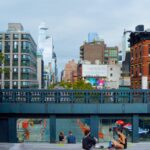
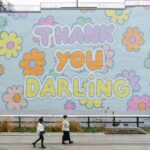

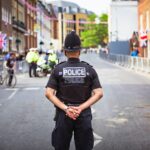
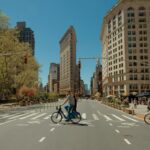
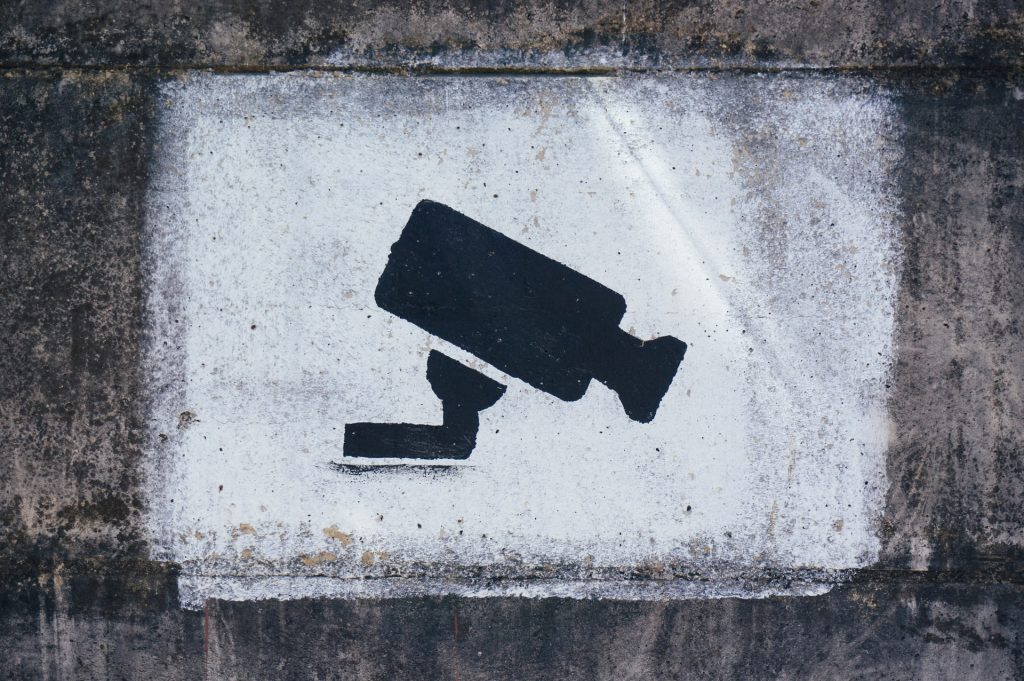
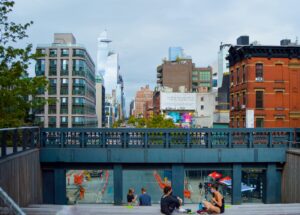
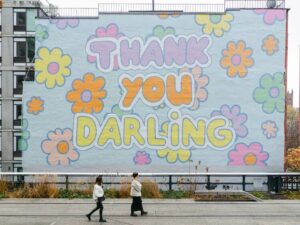
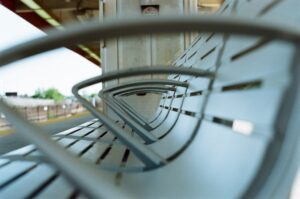
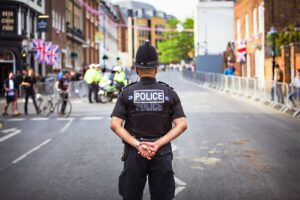
More Stories
A stealthy reimagining of urban public space by Elizabeth Diller
Security by Design: Protection of public spaces from terrorist attacks
10 years of Global Public Space Programme – Annual Report 2022 and reflections on a Decade of Public Space